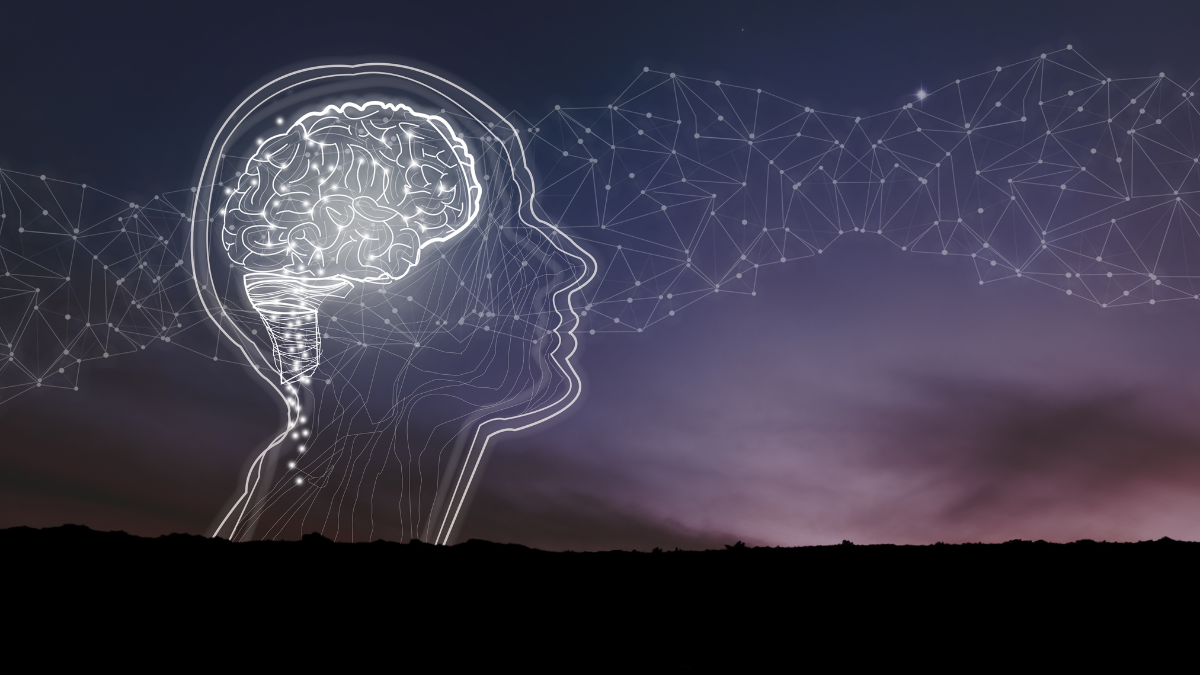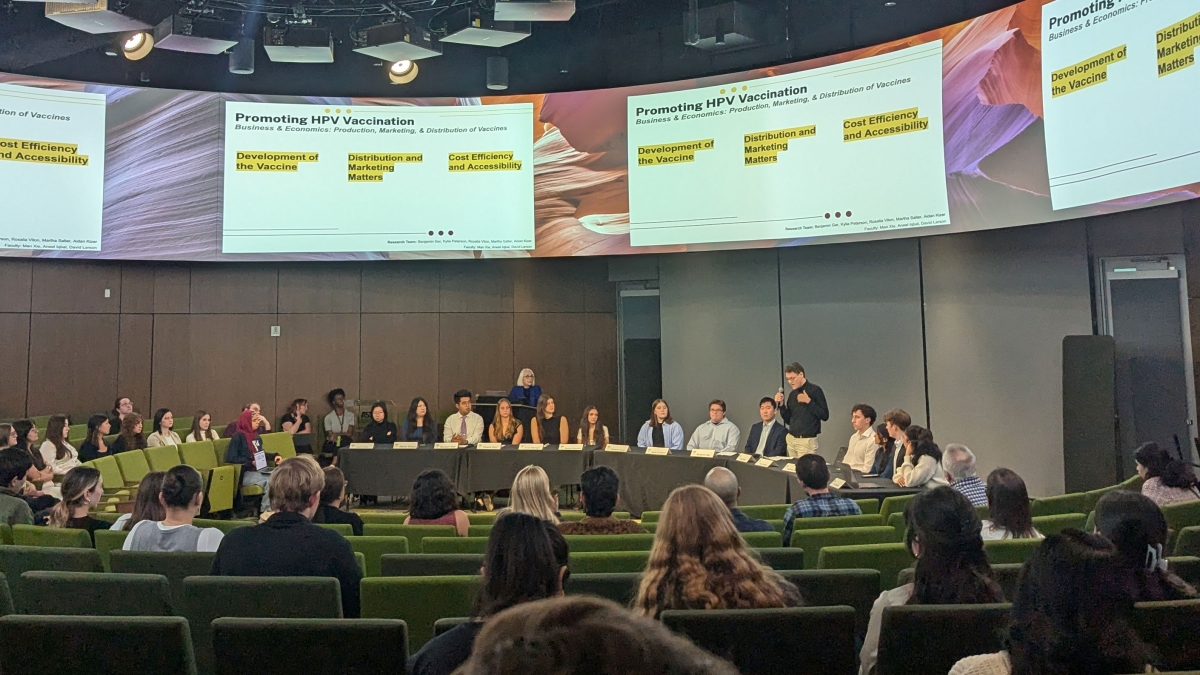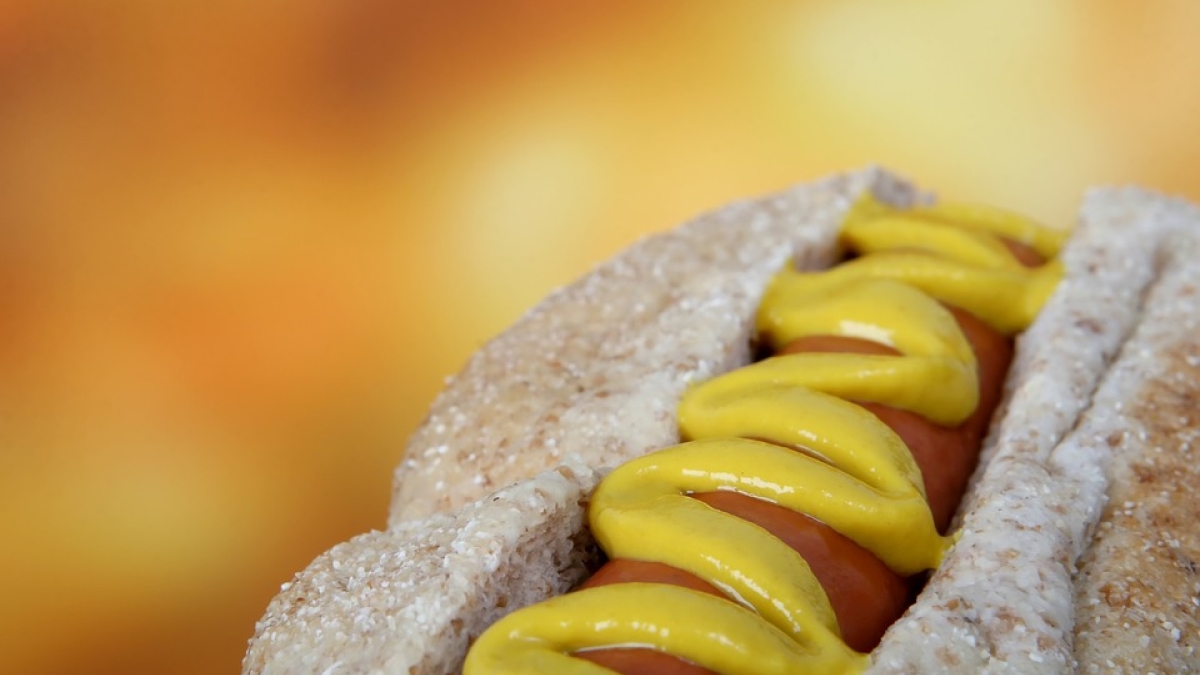Stand aside, ketchup. Saturday, Aug. 4, is National Mustard Day.
Besides being a popular and versatile condiment, mustard is one of the world’s most ancient flavors. It's made from the ground seeds of the mustard plant, water and vinegar.
It’s also full of nutrients, can lower blood pressure and has anti-inflammatory properties. Who knew?
Carol Johnston, a professor and associate director of the nutrition program in the College of Health Solutions at Arizona State University, certainly does. ASU Now spoke to Johnston about mustard in honor of its biggest day of the year.
Carol Johnston
Question: What are the origins of mustard, and when did America first see it cropping up as a condiment?
Answer: Mustard is one of the ancient spices used to flavor foods — or perhaps more accurately, to "mask" undesirable tastes of rotting food in a day when food was not preserved well. As with other herbs and spices, mustard was used medicinally for thousands of years. It was used as an antiseptic and to treat congestion, colds and flu.
Q: How is mustard made?
A: Mustard is made by mixing the ground seeds of the mustard plant with liquid. In the U.S. the mild yellow mustard is most popular: finely ground yellow mustard seeds and the coloring spice turmeric are mixed with vinegar and water. Yellow mustard seeds are the mildest, while brown and black seeds are much hotter and more pungent. Vinegar, water, wine and verjuiceA sour juice obtained from crab apples, unripe grapes, or other fruit, used in cooking and formerly in medicine. are common liquids. Spices include turmeric, cinnamon, ginger and nutmeg. There are many recipes available on the web.
Q: Does mustard have nutritional value?
A: Mustard has possible medicinal value which complements nutritional aspects of a meal. Recent research suggests that mustard has hypoglycemic and thermogenic properties. Its hypoglycemic properties may benefit those with diabetes or prediabetes since its use on breads and sandwiches appears to lower the blood glucose spike following meal ingestion. This effect is likely due to the vinegar content in the mustard. The thermic effect suggests that mustard consumption increases energy expenditure following a meal which may help offset the calories consumed at mealtime. This is a phenomenon noted for other spices such as chilli peppers.
Q: Is there one mustard that is healthier than another, say processed versus mustard with seeds?
A: The different seeds, the degree that the seeds are ground, the liquid of choice — vinegar or wine, etc. — all add different qualities to the mustard in terms of texture and flavor. Experimenting with mustards and their uses as a condiment can add to the enjoyment of eating. Since there are minimal calories in mustards, the use of mustards in place of sauces and ketchups will reduce the calories in the meal.
Q: How do you use mustard?
A: I have used mustard liberally on many foods — it is a "freebie" with lots of taste and no calories.
More Health and medicine
College of Health Solutions program doing its part during Salute to Service
It wasn’t always easy for Marine veteran Chuck Hale when he first returned to civilian life. But he’ll never forget the help he received from a fellow former service member.“The first vet that helped…

What makes human culture unique?
Why is human culture — the shared body of knowledge passed down across generations — so much more powerful than animal cultures?“What’s special about our species?” is a question scientists have…

ASU honors students work on HPV research as part of Barrett College's largest-ever group thesis
Not every undergraduate student comes across the opportunity to do research as part of a team. Even fewer have had the chance to join a team of 86 students doing multidisciplinary research with real-…

